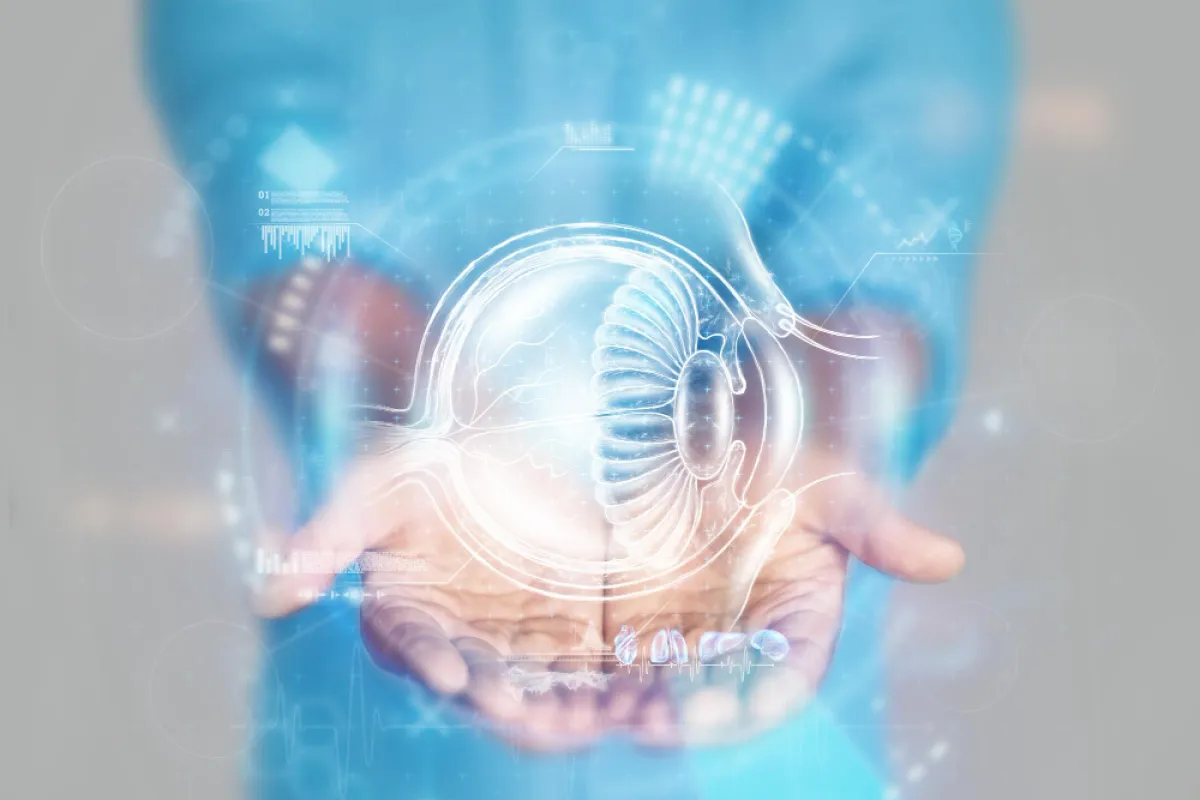
Cornea transplant surgery involves removing the diseased part of the cornea and grafting a cornea, typically from a donor eye. This surgery is appropriate for patients with abnormal vision due to untreatable corneal diseases, either by medication or other medical instruments.
"Bio-Corneas from Stem Cells" have been developed by the Full Circle Microarray Research Team from the National Center for Genetic Engineering and Biotechnology (BIOTEC), the National Science and Technology Development Agency (NSTDA), and ReLIFe Co., Ltd., one of the NSTDA startups, in collaboration with Chulalongkorn University. The aim is to replace donated corneas, thereby reducing the risks associated with using corneas from other individuals or synthetic materials.
While corneas are transplantable organs with low side effects, securing donations is challenging, especially in countries where the healthcare infrastructure is not well established. This is due to the short lifespan of corneas; late retrieval from deceased donors or inappropriate storage methods can immediately degrade the quality of the cornea, making it unusable. Therefore, the development of bio-corneas from stem cells offers a promising solution for many countries facing these issues.
The issue of cornea shortage remains, but it's impossible to provide assistance to countries in need through donations.
The research team endeavored to mimic the characteristics and internal structure of the cornea to be as natural as possible. They developed a cornea that resembles a "Fiber-reinforced hydrogel" through a process called Electrospinning. This hydrogel, similar to the human cornea, is used as a cell scaffolding for transplantation into patients. After both the scaffold and stem cells are attached to the eye, the stem cells gradually consume the scaffold as nourishment, eventually growing into natural corneal cells that closely resemble the original scaffolding in every aspect. This ensures safety as it does not provoke rejection from the body.
Using bio-corneas for transplantation allows patients to have a clear cornea akin to that of a newborn, a stark difference from donated corneas which are often cloudy due to the age and conditions of the deceased donor. Another strength is that the research team can design the production to cater to both general use and patient-specific eye characteristics.
The research and development of bio-corneas are further supported in aspects of cornea cell collection, animal testing, and future human testing by professors and staff from the Faculty of Medicine, Chulalongkorn University. Currently, they are in the animal testing phase with funding support from the National Research Council of Thailand. If this round of experiments is successful, it could progress to human trials in the next phase.
Source: National Science and Technology Development Agency (NSTDA)
Tel. +66 2564 7000
For more information